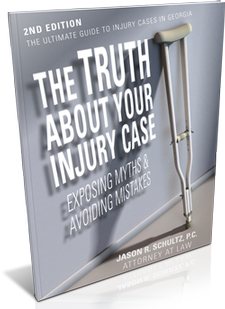Lots of parents wonder why their child’s school bus doesn’t include seatbelts. From the time kids are born, parents must purchase special car seats and booster seats to keep them safe in the car. So why the absence of school bus seatbelts?
The National Highway Traffic Safety Administration (NHTSA) points to the differences between buses and passenger vehicles as the reason.
School Bus Seats Are Integral to Safety
A 1987 study by the National Transportation Safety Board found that most injuries and fatalities on school buses occurred due to the point of impact on the bus. Occupants that were in direct line of the crash forces would have sustained serious or fatal injury regardless of seatbelt use. In fact, due to school buses’ size and shape, the design of the seats was the integral safety factor that would best protect occupants, not seatbelts.
A school bus' seating arrangement uses a concept called "compartmentalization" which explains how the bus seats are arranged. The compact arrangement of the seats coupled with energy-absorbing seat backs provides protection in the event of a crash. A 2002 Report to Congress from the NHTSA found that adding seat lap belts did not decrease injury rates in front-end bus crashes.
Furthermore, the National Academy of Sciences (NAS) found the cost to install seatbelts on the existing fleets and regulate future use was better spent on bus safety programs and other safety technology.
Note that school buses classified as small buses (those with a gross weight of 10,000 lbs. or less) are the exception and must have lap and/or lap and shoulder belts at all seating positions. While federal regulations do not require seatbelts in school buses, many states and counties have laws to make it a requirement. In Georgia, Carrollton City Schools, located west of Atlanta, require school bus seatbelts.


